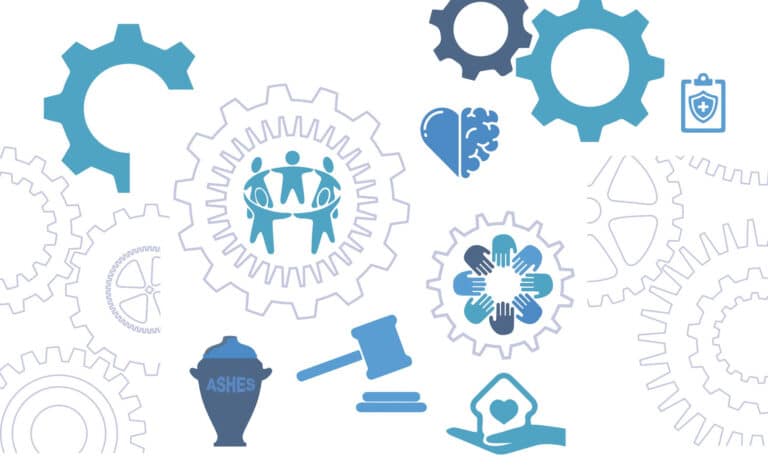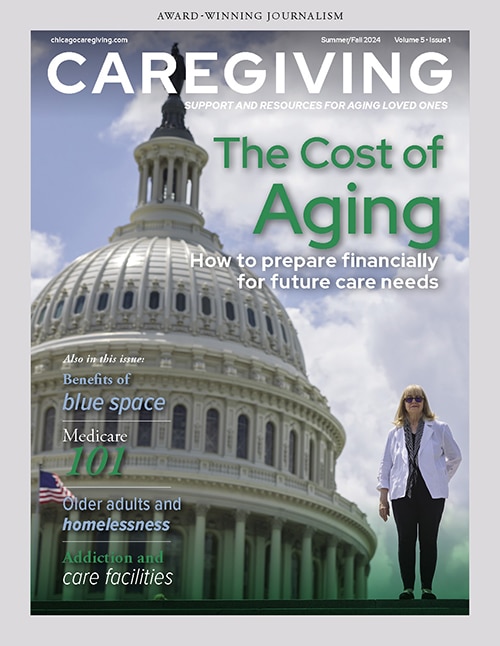When the doctor says you have obstructive sleep apnea (OSA), you’ll likely hear about the gold standard in treatment: continuous positive airway pressure (CPAP), which uses forced air, pushed through a tube connected to a face mask, to keep your airway unblocked. Yet many people have trouble adjusting to a bulky CPAP mask. “We often see people who say they tried CPAP and didn’t like it, and now it’s been years since they’ve had treatment,” says Stuart Quan, M.D., the Gerald E. McGinnis professor of sleep medicine at Harvard Medical School.
You may be able to adjust to CPAP by trying relaxation exercises, practicing wearing the mask during the day, and gradually increasing CPAP pressure. But if it doesn’t work out, you do have alternatives.
Gadget-free options
Quan estimates that about 25 percent of people with OSA have positional OSA, which occurs primarily when they lie on their backs. In this case, “I recommend that you either sleep against a wedge pillow, or stuff a fanny pack [a small pouch on a strap, worn around the waist] and wear it at night — to keep you from lying on your back,” he explains.
Weight loss is also a potential solution. “About 75 percent of all sleep apnea is tied to weight, since fat around the airway makes it smaller and easier to compress,” says Quan. “Losing weight can make the problem go away.”
Oral and nasal devices
Disposable nasal valves, which adhere like bandage strips, may help people with mild sleep apnea. They are placed at the nostril openings to slow exhalation and keep the airway open. “They cost a few dollars apiece, but they may only have about a 40 percent benefit in mild to moderate cases,” says Quan.
More expensive options include a custom, more comfortable CPAP mask that’s molded to your face, or an oral appliance that keeps the jaw in a forward position to stop the tongue from collapsing into the airway. “An oral appliance is fitted by a dentist, and is 80 percent to 90 percent effective,” says Quan. “It may cause jaw pain, and may cause the teeth to move. Plus, it won’t work if you don’t have enough teeth.”
Quan says insurance doesn’t always pay for these options, which can be expensive — about $1,500 for an oral appliance and about $300 for a custom face mask.
Last resorts
For people who’ve tried everything but haven’t had success, surgery may be appropriate. Procedures range from removing excess tissue in the back of the throat and shortening the soft tissue that hangs down (the uvula) — which Quan says is about 40 percent effective — to cutting and repositioning the jawbone, which Quan says is 75 percent to 80 percent effective, but painful, with a long recovery.
The latest treatment is an implanted pacemaker-like device called a hypoglossal nerve stimulator. It stimulates the tongue to tighten when you breathe in, keeping the tongue from blocking the airway. Quan says it’s been shown to improve OSA by about 70 percent. It’s not for people who are extremely overweight or those who have severe sleep apnea, and it’s not always covered by insurance–a challenge, since it costs about $30,000.
What you should do
Don’t give up if CPAP isn’t the solution to your sleep apnea. “Each person must be treated individually. You have to see what works for you,” says Quan. “Some people with mild to moderate sleep apnea might be best treated with an oral appliance.”
How do you figure it out? “Talk to your doctor about the pros and cons of each option, and whether you’re a candidate for it,” says Quan. “If you’re very much affected by sleep apnea, you’ll feel much better when you get treatment and get a good night’s sleep.”
What is sleep apnea?
Daytime sleepiness, gasping for air while sleeping, and snoring are all symptoms of obstructive sleep apnea (OSA). It’s a potentially deadly condition in which the airway briefly becomes blocked during sleep, causing you to temporarily stop breathing. These pauses can occur a few times or as often as a hundred times per hour, putting you at risk for diabetes, high blood pressure, heart attack, and stroke. But while OSA is a serious health threat and affects as many as 25 million people in the United States, the condition is often ignored or undiagnosed. If you have symptoms, a sleep study will determine if you have sleep apnea and help your doctor determine which type of treatment you need.












